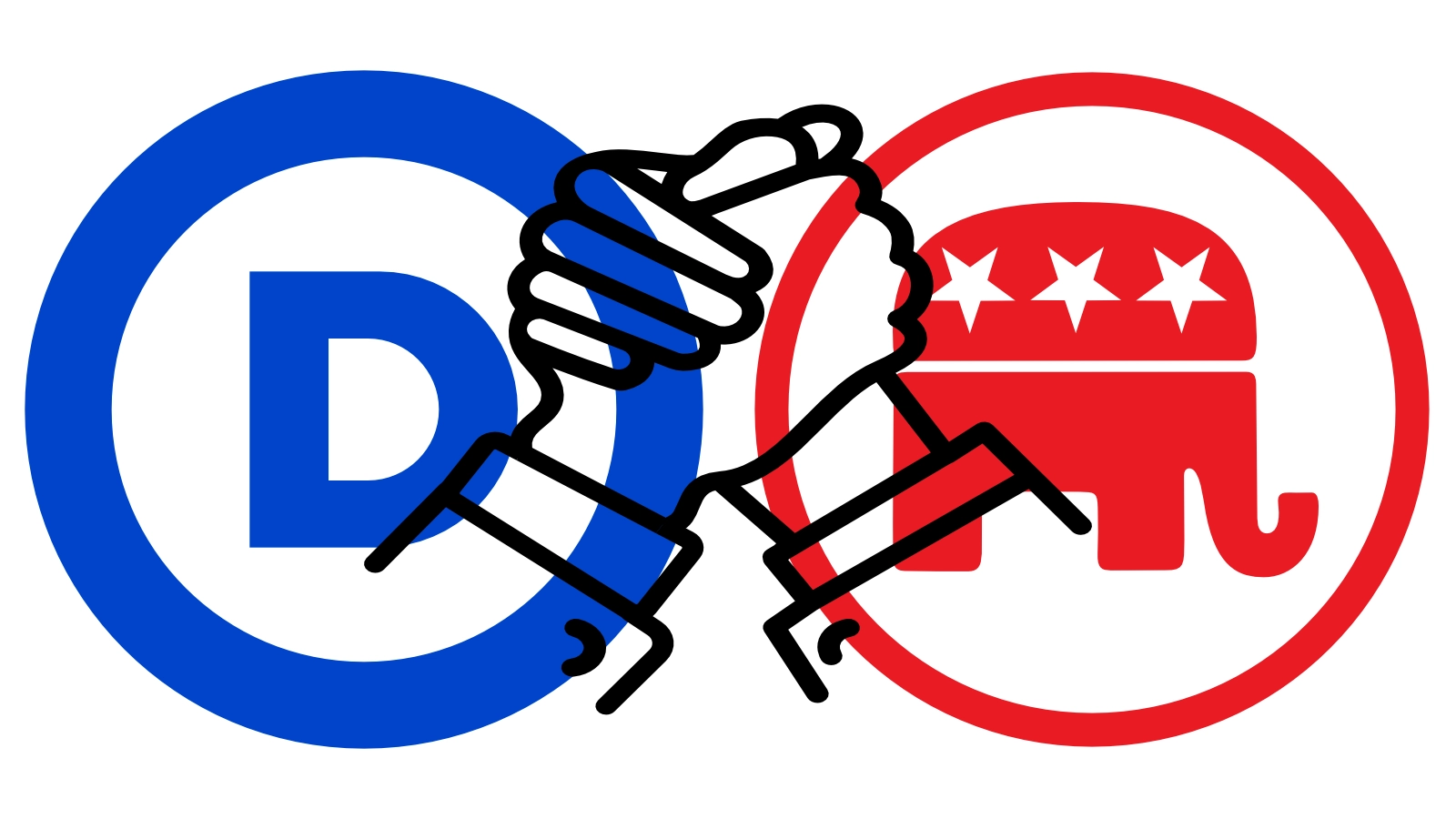The Swiss Federal Council
When we think of a head of state, we often imagine a single, charismatic figure, someone who commands attention on the global stage and whose decisions shape the direction of an entire nation. This is the reality in many countries, particularly in places like the United States, or France where the Presidents are central figure in political and cultural life. The Swiss Federal Council, however, offers a fundamentally different approach, and I believe it represents a more sustainable and inclusive model of governance.
The Federal Council is a collective head of state made up of seven members, each from different political parties, representing the diversity of Switzerland’s political landscape. This system ensures that leadership is shared, and no one individual holds all the power. Every year, the presidency rotates among the members, but the Swiss president is not seen as a central figure. They do not spend millions on campaign ads or become an “all-star celebrity.” The president is just one voice among seven, with their role more as a coordinator than a commander-in-chief.
Federal Council members in Switzerland are elected by the Federal Assembly, which consists of both houses of parliament. They serve indefinite terms, typically until they choose to retire, though they can also be replaced if they resign or pass away. When a vacancy occurs, the Federal Assembly holds an election to appoint a new member. This system ensures continuity in leadership, as new members are integrated into a stable collective body, avoiding abrupt political shifts seen in more individual-centered executive systems.
What I particularly appreciate about this system is that it encourages collaboration and consensus-building. In a world where politics often feels polarized and adversarial, the Swiss model prioritizes collective decision-making over individual power. This results in greater stability and continuity, as policies are more likely to reflect a broad range of perspectives rather than the whims of a single leader. The Federal Council avoids the exhausting pendulum swings we see in other countries, where one president’s policies are undone by the next. Instead, it offers a balanced, cooperative, and forward-looking approach.
Learn more about the Swiss Federal Council on Wikipedia.
Learn more about the Swiss political system on the governement website.
Direct Democracy: The Power in the Hands of the People
One of the most remarkable aspects of Swiss governance is the power it gives to its people. In many democracies, citizens vote for representatives and trust them to make decisions. While this is accepted as democratic, it can also lead to a feeling of disconnect between the government and its citizens. In Switzerland, the people themselves are the true sovereigns. This is not just a symbolic phrase; it’s an integral part of how the country functions.
The Swiss system of direct democracy allows citizens to propose initiatives and referendums on a national level. For instance, if 50,000 signatures are collected within 100 days of a law being passed, that law can be brought to a national vote through a referendum. Citizens can also propose changes to the constitution via initiatives, where 100,000 signatures trigger a national vote. The same mechanisms also exists at cantons (states) level. This is a powerful tool for the people to have a direct say in the country’s laws, offering an extra layer of accountability and connection between the government and the governed.
In my view, this system makes Switzerland one of the most genuinely democratic countries in the world. It recognizes that governance is not a privilege of elected officials alone but a right and responsibility of every citizen. Direct democracy fosters a deep sense of ownership and engagement, something many other countries could learn from.
However, one of the drawbacks of this system is that it can be slow. Consensus-building takes time, and with so many voices and perspectives involved in decisions, progress can feel gradual. In an age of rapid change, this can be frustrating, but I believe the long-term benefits of inclusivity and stability outweigh the short-term frustrations.
Find more on Wikipedia about direct democracy in Switzerland: votations and elections.
Similar Roots, Different Branches: Enlightenment Ideas in the Swiss and U.S. Constitutions
The U.S. and Swiss constitutions have a shared intellectual heritage, both being shaped by the ideas of 18th-century Enlightenment philosophers like Montesquieu, Jean-Jacques Rousseau, Voltaire and earlier, John Locke. These thinkers emphasized the importance of separation of powers, checks and balances, and individual liberty, all principles that found their way into the founding documents of both nations.
Switzerland’s constitution gives a considerable autonomy to its 26 cantons (the Swiss equivalent of U.S. states). In this sense, Switzerland places a great emphasis on local governance, ensuring that decisions reflect the specific needs and values of its diverse regions.
This decentralisation, coupled with direct democracy, creates a unique system where both local and national levels of government are closely tied to the will of the people. It also means that Switzerland can operate without the political drama and polarisation. By spreading power both horizontally (across the Federal Council) and vertically (between the federal government and cantons), Switzerland achieves a balance that prioritizes long-term stability over short-term political wins.
Learn more about the Swiss Federal Constitution and the U.S. Constitution, on Wikipedia.
My Personal Take: Consensus Governance as a Model for the Future
What resonates most with me about the Swiss system is its commitment to consensus governance. At a time when many countries seem more divided than ever, Switzerland offers an example of how democracy can work when decisions are made collectively. In a world where political leaders often chase headlines, the Swiss Federal Council remains focused on governing, not grandstanding.
I believe consensus governance isn’t just a quaint idea from a small European country, it’s a model for the future. It acknowledges that no single person or party has all the answers and that the best solutions come from diverse voices working together. It’s a system that prioritizes the well-being of the entire nation over the success of any individual politician.
Consensus Governance as a Shield Against Authoritarianism: A key strength of consensus governance, as embodied by the Swiss Federal Council, is its protection against authoritarianism. Because decisions require collective agreement and must accommodate multiple viewpoints, it is much harder for any one person or faction to seize control. This is in stark contrast to systems where power is more concentrated in one individual, as can sometimes be the case in other presidential systems.
However, consensus governance has its challenges. Reaching agreements can take time, and progress might feel slower than in systems where a single leader can make quick decisions. In Switzerland, this often means policies are deliberated and debated at length before being implemented, but I believe this thoughtful approach leads to more robust, inclusive decisions in the long run.
This model of consensus governance could also be applied beyond governmental structures. In open-source communities, for instance, decisions should always be made collaboratively, with contributors collectively shaping the direction of a project. Similarly, employee-owned companies could adopt shared leadership approaches, where all stakeholders actively participate in decision-making. By ensuring that diverse voices are heard in these environments, we can create more sustainable and inclusive systems that prioritize long-term success. Related post: WordPress Leadership Proposal.
Democracy: Power to the People
It’s worth remembering that the very word “democracy” comes from the Greek words demos (the people) and kratos (power or rule). In Switzerland, this definition is more than just a historical reference, it is the living, breathing reality of how the country operates. The people hold the power, and they use it through referendums, initiatives, and frequent votations.
This concept of democracy, where the people truly govern, is what sets Switzerland apart and makes its system of government so inspiring. It may take time, it may be slow, but it puts power in the hands of those it was meant for: the people.
Related posts
These opinions and texts are mine, with the assistance of ChatGPT solely to improve the quality of the English language.
Original image «Corporate Design Bund» Swiss government logo modified from https://de.wikipedia.org/wiki/Fahne_und_Wappen_der_Schweiz.





Leave a Reply